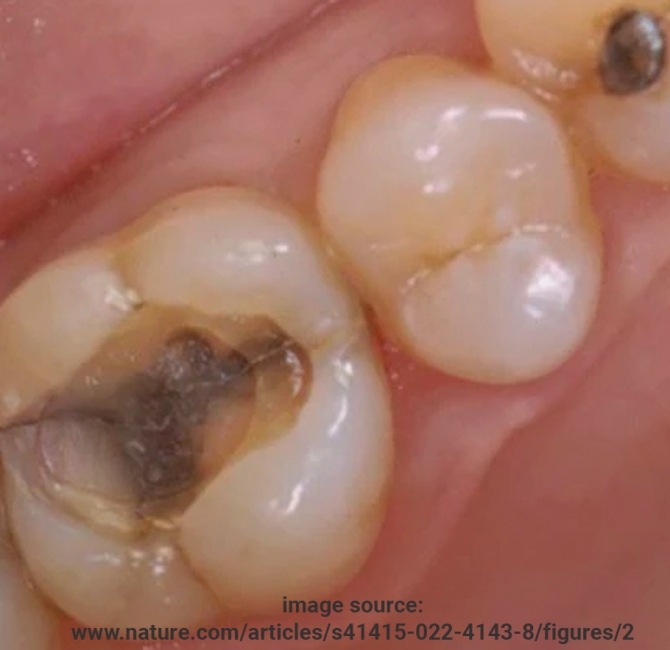Dietary habits — particularly fats and carbs — were associated with risk of acne in adults, a French study found.
Looking at daily dietary records of nearly 25,000 individuals, consumption of one portion of fatty and sugary food per day was tied to a 54% higher odds of currently suffering from acne (adjusted odds ratio 1.54, 95% CI 1.09-2.16), Laetitia Penso, MSc, of the University of Paris in France, and colleagues reported in JAMA Dermatology.
In particular, drinking one glass of a sugary beverage a day was tied to moderately higher odds of current acne (aOR 1.18, 95% CI 1.01-1.38). And similarly, each daily glass of milk was tied to a bump in risk of current acne (aOR 1.12, 95% CI 1.00-1.25).
And just generally adhering to an “unhealthy” diet rich in energy-dense foods was associated with higher odds of currently suffering from acne (aOR 1.13, 95% CI 1.05-1.18).
These associations were dose-dependent as well:
• 5 glasses of milk/1 litre: aOR 1.76 (95% CI 1.00-3.05)
• 5 glasses of sugary beverages/1 litre: aOR 2.29 (95% CI 1.05-5.00)
• Complete meal of fatty and sugary products: aOR 8.38 (95% CI 1.54-47.02)
As for other notable offenders, consumption of carbohydrates (aOR 1.43, 95% CI 1.06-1.93), as well as saturated fatty acid intake (aOR 3.90, 95% CI 1.02-15.00), were also both tied to a significantly higher odds of currently having acne.
“Our results may support the hypothesis that the Western diet (rich in animal products and fatty and sugary foods) is associated with the presence of acne in adulthood,” Penso’s group wrote.
Part of the ongoing NutriNet-Santé study, this cross-sectional analysis pooled data on 24,452 adults in France who completed an online self-questionnaire including their experiences with acne in the past and present. Among these individuals, nearly half reported either having suffered from past or current acne. About 60% of this cohort was comprised of adults age 55 and older.
Participants also completed dietary intake assessments, which consisted of a series of 24-hour dietary recalls, each 6 months apart. Only individuals who completed at least three dietary recalls were included in the analysis.
Data were collected on average daily intake across several food groups, including fruit, vegetables, meat, fish, milk, dark chocolate, milk chocolate, refined cereals, snacks, and fast foods, as well as fatty and sugary products, in addition to nutrient intake of vitamins, zinc, fibers, carbohydrates, lipids, proteins, and saturated fatty acids.
The study’s findings don’t come as much of a surprise, said John Barbieri, MD, MBA, of the University of Pennsylvania in Philadelphia, in an accompanying editorial. “These findings are largely in line with prior observational studies suggesting an association between milk consumption and high glycemic-load diet with acne,” he wrote.
However, he pointed out that the study failed to take note of milk fat percentage or whey protein consumption in the data collection, which could hold further insight into these associations.
“Before we can confidently make dietary recommendations for patients with acne, trials are needed to evaluate whether dietary interventions can improve or prevent acne and how the effect size of such interventions compares with other standard treatment modalities,” Barbieri concluded.



